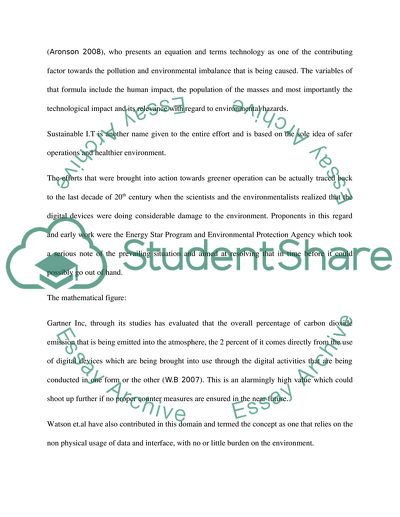Cite this document
(Green Computing Annotated Bibliography Example | Topics and Well Written Essays - 2250 words, n.d.)
Green Computing Annotated Bibliography Example | Topics and Well Written Essays - 2250 words. Retrieved from https://studentshare.org/environmental-studies/1801758-green-computing
Green Computing Annotated Bibliography Example | Topics and Well Written Essays - 2250 words. Retrieved from https://studentshare.org/environmental-studies/1801758-green-computing
(Green Computing Annotated Bibliography Example | Topics and Well Written Essays - 2250 Words)
Green Computing Annotated Bibliography Example | Topics and Well Written Essays - 2250 Words. https://studentshare.org/environmental-studies/1801758-green-computing.
Green Computing Annotated Bibliography Example | Topics and Well Written Essays - 2250 Words. https://studentshare.org/environmental-studies/1801758-green-computing.
“Green Computing Annotated Bibliography Example | Topics and Well Written Essays - 2250 Words”, n.d. https://studentshare.org/environmental-studies/1801758-green-computing.


